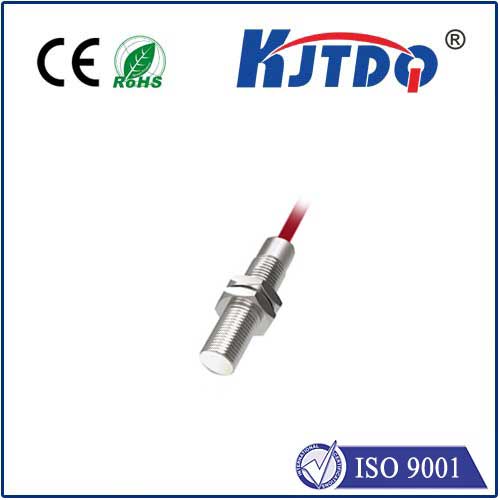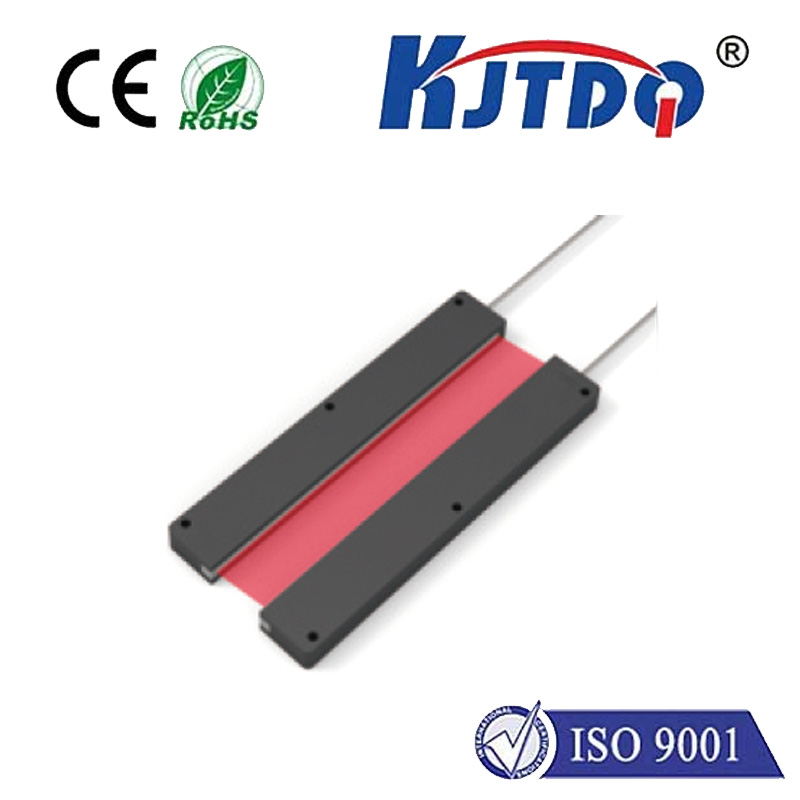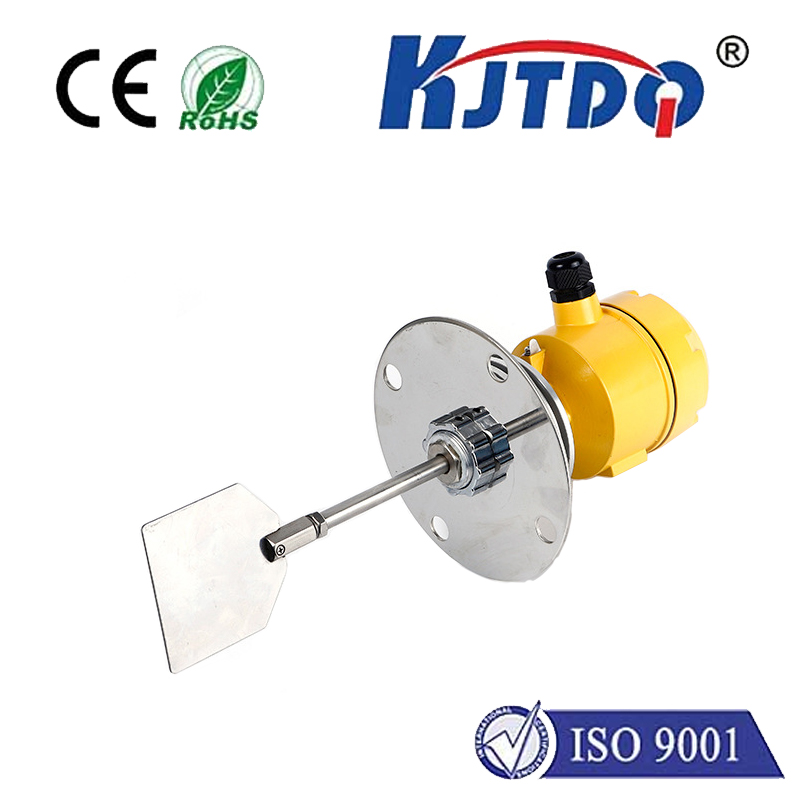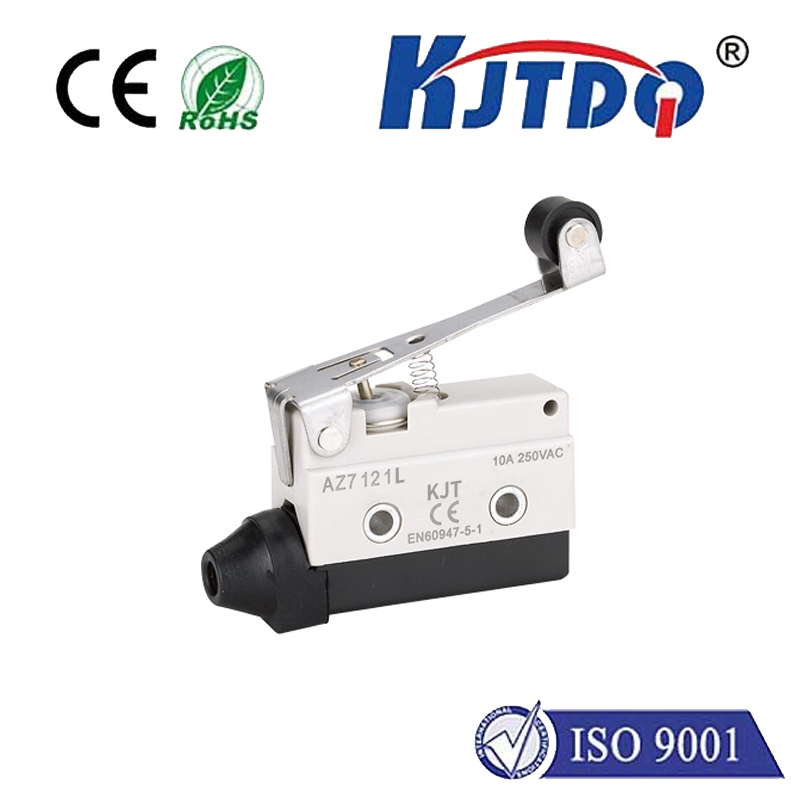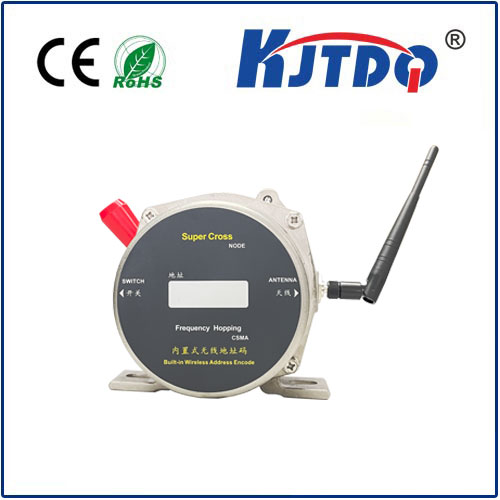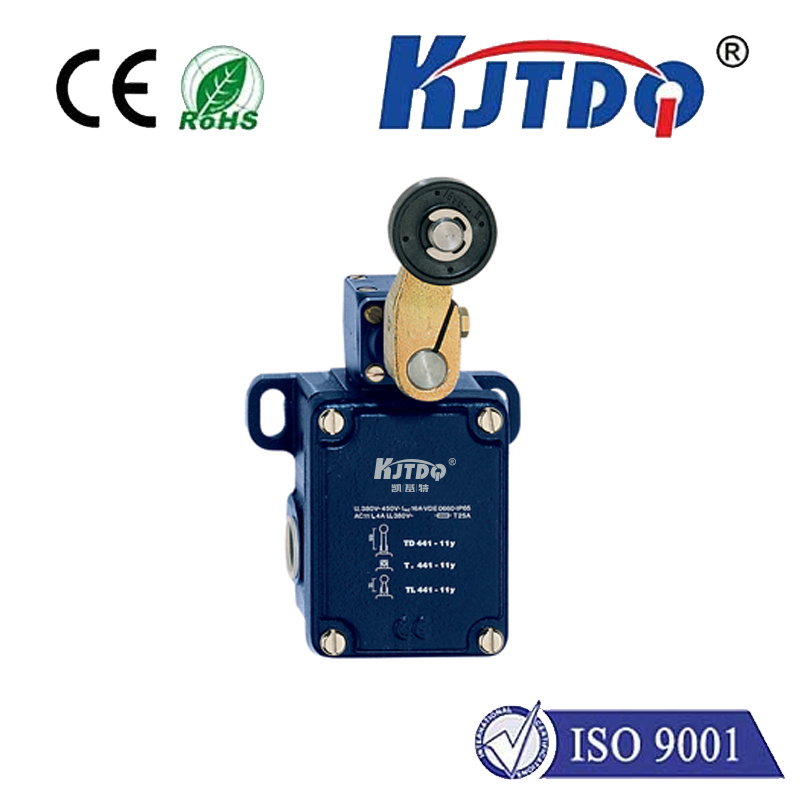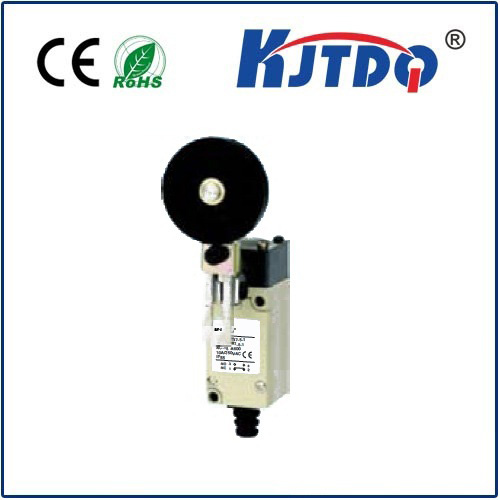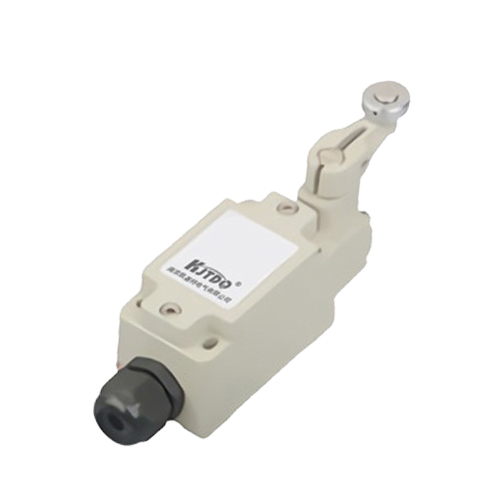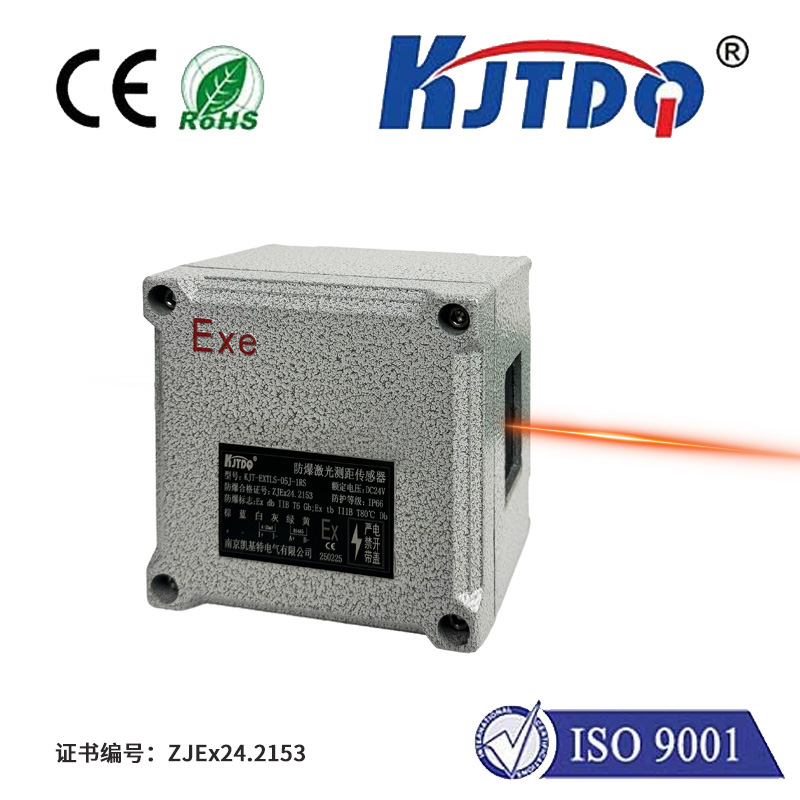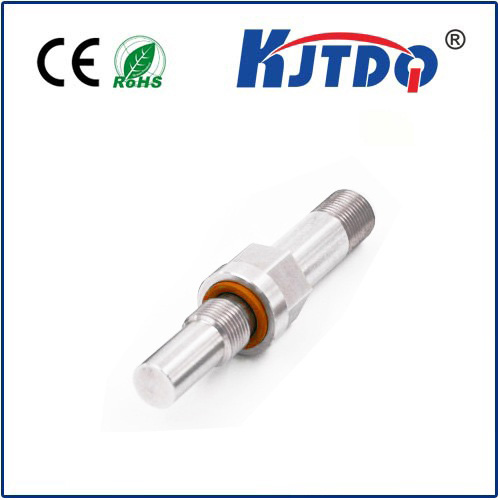proximity sensor voltage
- time:2025-07-20 08:05:00
- Click:0
Proximity Sensor Voltage: The Silent Signal Behind Every Detection
Have you ever marveled at how your smartphone screen magically turns off when you hold it to your ear during a call? Or watched an automated production line flawlessly sense the presence of components? Behind these seamless interactions lies a fundamental, often overlooked element: proximity sensor voltage. This electrical signal isn’t just power; it’s the crucial language through which these sensors communicate the presence or absence of an object to the systems they control. Understanding proximity sensor voltage levels is key to selecting, implementing, and troubleshooting these ubiquitous devices effectively.
Beyond Simple Contact: How Proximity Sensors Work
Unlike mechanical switches requiring physical touch, proximity sensors detect objects without contact. They generate an electromagnetic field or beam (light, ultrasonic, etc.) and monitor changes in this field caused by a target object entering their sensing range. This detection event triggers a change in the sensor’s internal circuitry, ultimately manifesting as a shift in its output voltage (or sometimes current).
The Role of Voltage: From Sensing to Signaling
The proximity sensor output voltage serves as the primary interface between the sensor and the control system (like a PLC, microcontroller, or simple relay). This voltage signal tells the controller one thing: Is an object within the defined sensing distance, or not?
- Normally Open (NO) / Normally Closed (NC): The sensor’s circuitry is designed to provide either a “high” voltage level (often representing the supply voltage, like 12V or 24V DC) or a “low” voltage level (near 0V) depending on the state (object detected or not) and its configuration (NO or NC).
- The Voltage Threshold: For a digital output sensor (the most common type), this shift is abrupt. When configured as Normally Open (NO), the sensor’s output voltage switches from LOW (e.g., 0V) to HIGH (e.g., 24V) when an object enters its sensing field. Conversely, a Normally Closed (NC) sensor switches from HIGH to LOW upon detection. This clear voltage transition is easily interpreted by control systems.
- Analog Outputs: Some sophisticated proximity sensors provide an analog output voltage. Instead of a simple HIGH/LOW, the voltage level varies proportionally to the distance of the detected object within a certain range. For instance, 0V might mean no object, 5V might mean an object at the minimum sensing distance, and 10V might mean an object at the maximum effective sensing distance.
Key Voltage Parameters: Decoding the Specifications
When selecting or applying a proximity sensor, understanding its voltage specifications is paramount:
- Operating Supply Voltage: This is the voltage range (e.g., 10-30V DC) required to power the sensor. Operating outside this range can damage the sensor or cause erratic behavior. Ensuring stable, clean power within this range is foundational.
- Output Voltage in Active State (HIGH): For a digital NO sensor, this is the voltage level (e.g., ≈24V DC for a 24V sensor) it outputs when detecting an object. It should be compatible with the input requirements of the receiving device.
- Output Voltage in Inactive State (LOW): For a digital NO sensor, this is the voltage level (typically < 1-2V) when no object is detected. A true “low” state is crucial for reliable logic.
- Switching Threshold Voltage: The point at which the receiving control system recognizes the sensor output voltage as a HIGH or LOW logic signal (e.g., > 15V might be HIGH, < 5V might be LOW for a 24V system). The sensor’s output voltage must reliably exceed these thresholds in their respective states.
- Switching Current / Load Capacity: Specifies the maximum current the sensor’s output circuitry can safely handle when switching the output voltage. Exceeding this can damage the sensor.
Why Voltage Matters: Tolerance and Environmental Factors
The actual proximity sensor voltage output can be influenced by several factors, creating a tolerance window:
- Supply Voltage Fluctuations: Variations in the input power supply can slightly affect the output level, especially near the sensor’s operating limits. Robust power regulation is essential.
- Temperature Drift: Extreme temperatures can cause minor shifts in the output voltage characteristics of the sensor’s internal electronics.
- Electrical Noise: Nearby motors, solenoids, or high-current lines can induce noise onto the sensor’s output wiring, potentially corrupting the voltage signal seen by the controller. Proper shielding and grounding mitigate this.
- Load Variations: The current drawn by the connected load can slightly pull the output voltage down, especially if operating near the sensor’s maximum switching current. Choosing a sensor with adequate headroom is important.
Practical Implications: Voltage in Real-World Applications
Understanding proximity sensor voltage has direct consequences:
- Compatibility: Choosing a sensor with an output voltage (e.g., 24V DC PNP) that matches the input requirements of your PLC card (designed for 24V DC sourcing inputs) is non-negotiable. Mismatched voltages (like connecting a 5V sensor to a 24V input) can cause malfunctions or damage.
- Wiring Configuration: The type of output (PNP sourcing or NPN sinking) dictates how the sensor connects to the load/common potential, fundamentally tied to how it provides its output voltage signal.
- Troubleshooting: When a sensor appears malfunctioning (“not detecting”), measuring its output voltage with a multimeter is a primary diagnostic step. Is it switching between the expected HIGH and LOW states when an object enters and leaves the sensing field? If not, the issue could lie with the sensor, the power supply, the wiring, or excessive load/noise.
- Sensing Distance Stability: For analog sensors, fluctuations in the supply voltage directly impact the accuracy of the distance-proportional output voltage, affecting measurement precision.
The Unsung Hero in Automation and Beyond
From the touchless faucet in your bathroom to the high-speed robots assembling a car, proximity sensor voltage is the silent electrical heartbeat enabling detection and control. Its seemingly simple HIGH/LOW transition is the result of sophisticated sensing technology, meticulously translating the physical presence of an object into a reliable electrical signal that modern machinery understands. Whether it’s ensuring safety interlocks on heavy machinery, counting items on a conveyor belt, or conserving your phone’s battery, the precise generation and interpretation of these voltage levels make our automated world possible. Ignoring its importance risks malfunctions; understanding it unlocks reliability.





